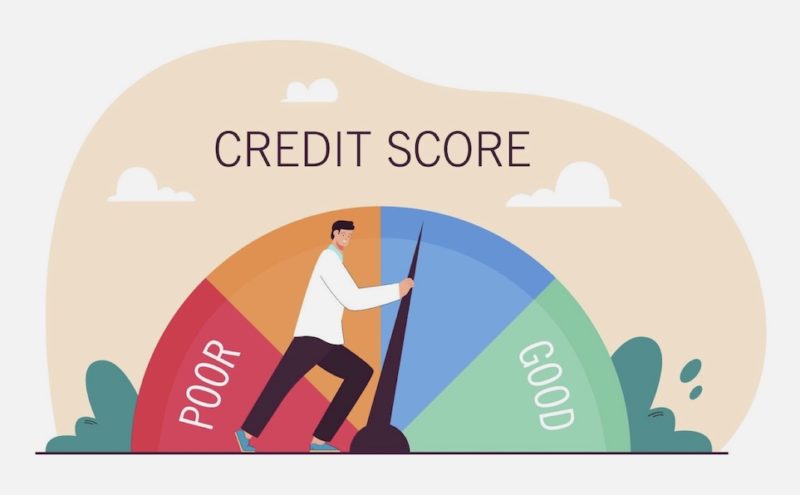Even though a bankruptcy can remain on your credit record for up to 10 years, its influence on the credit will diminish with time. In reality, your credit score following bankruptcy might be better than you could imagine. You could have a higher score a year just after filing for bankruptcy than you did since you stopped waging an impossible war and started rebuilding. Here’s how to begin restoring your credit after filing for bankruptcy:
1. Keep an eye on the credit reports and scores
You are eligible for a free copy of your personal credit report annually from each credit-reporting agency. The three main ones are TransUnion, Experian, and Equifax. Take full advantage of this by reviewing your reports on a regular basis for missing information or inaccuracies. You should report any mistakes, such as an overdue account that does not belong to you, only to the proper credit-reporting organization. Your score will most likely improve once the negative record is removed. Incorrect info on credit reports might result in a bad credit score.
2. Ask to become an authorized user
Finding a cosigner for a loan could be difficult, but building your credit score as the user who’s authorized to use someone’s credit card is sometimes more straightforward. Becoming an authorized user entails having a credit card in your name that is linked to the account of some other borrower rather than your own. You will be allowed to make purchases using the card without trying to qualify for the borrower’s account on your own—but you will not be in a position to change the account.
Credit card transactions will appear on the credit report, therefore if you make them on time as well as keep your credit usage rate low, then the credit score should rise over time. Simply ensure that the credit card business submits approved user transactions to the three major credit agencies so that you have the best possibility of improving your score. While it isn’t as effective as other techniques of improving credit, it could still be beneficial as part of a bigger strategy.
If no one has authorized you to make use of their card, you might try a tradeline supply company review. The service provider will list you to be the authorized user on somebody else’s credit card. Further, you may not have access to their funds or be authorized to use the card. You’ll just use their high FICO score to boost your score quickly.
3. Get a secured credit card
Minimizing your dependency on credit cards is an important step toward reestablishing your credit after bankruptcy. However, utilizing secured credit cards wisely may help you start to repair your creditworthiness in the eyes of creditors. To obtain a secured credit card, you must first deposit refundable security and afterward borrow against it. Whereas these cards often have high rates of interest, if you report to all the three credit agencies, it’s a brilliant strategy to demonstrate responsible credit conduct until you’re best suited for a normal card benefiting you with more favorable terms.
4. Utilize a cosigner
If you are having difficulty qualifying for a rental agreement or a loan after declaring bankruptcy, a cosigner may assist you. A cosigner would be someone who pledges to repay a debt if the principal borrower does not. The cosigner has no title to the financed property or the loan funds, but they are liable for the existing loan sum if you begin failing to make timely payments. Similarly, if you skip payments or default, your credit will suffer.
For such reasons, you need to think carefully about who you approach towards being your cosigner but also be empathetic if they decline. Request a family member or friend who’s financially solid for a co-signer and then give an easy out—simply because somebody is capable of serving as a cosigner does not guarantee he/she is eager to do so.
Endnote
When repairing your credit, a fair rule of thumb should be whatever you did to damage your credit, then one must do the opposite to restore your credit. For example, if you damaged your credit from getting a huge debt-to-income ratio, make it a priority to maintain the DTI low. You should limit your credit consumption to 30% or less.
If you have a pattern of skipping payments, do whatever you can to keep up with your credit card’s timely payments. Remember that your payment history accounts for 35% of the credit score. If you’ve had a habit of racking up a large credit card bill around the holidays and experiencing a seasonal debt hangover, keep away from it, the next holiday season.



